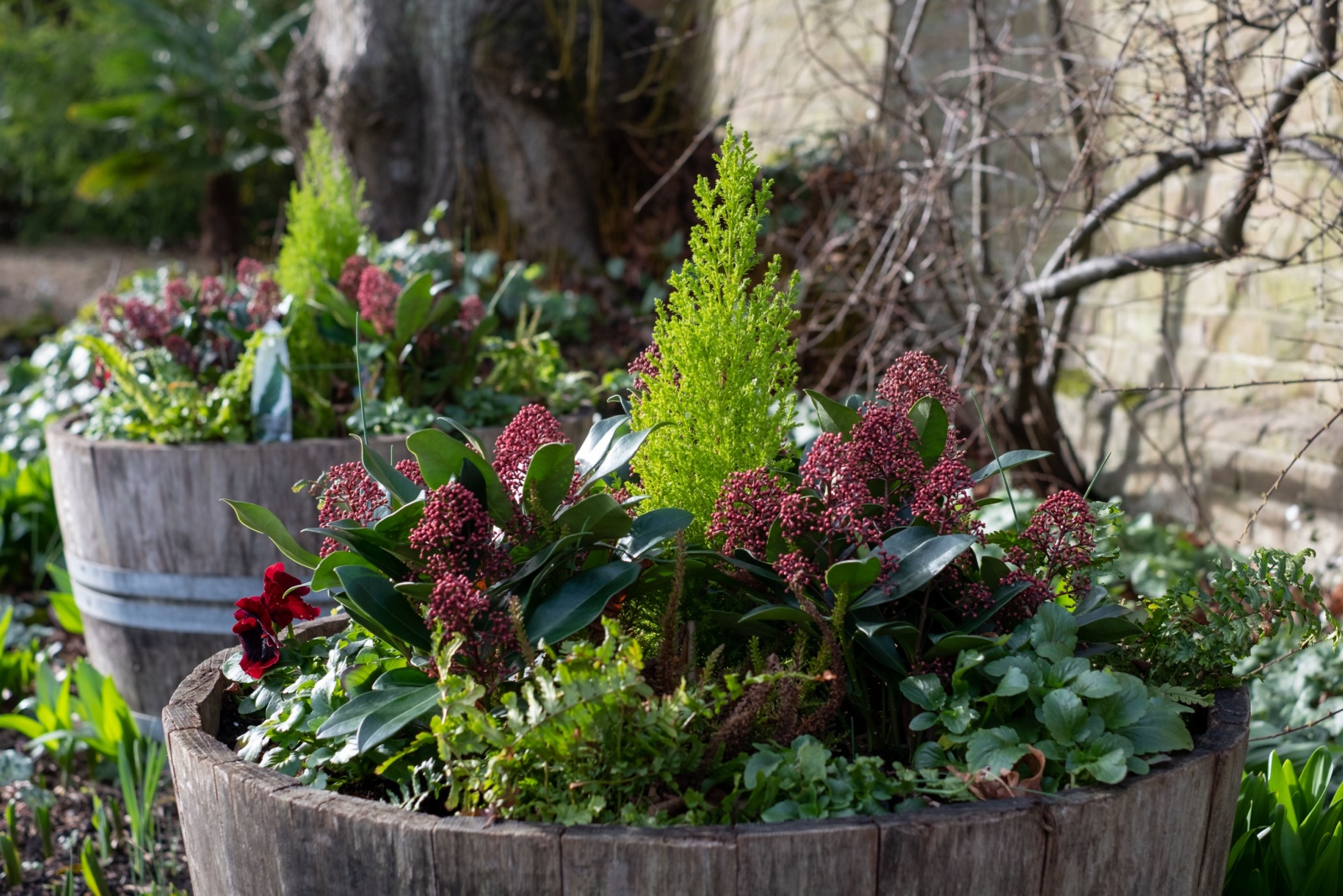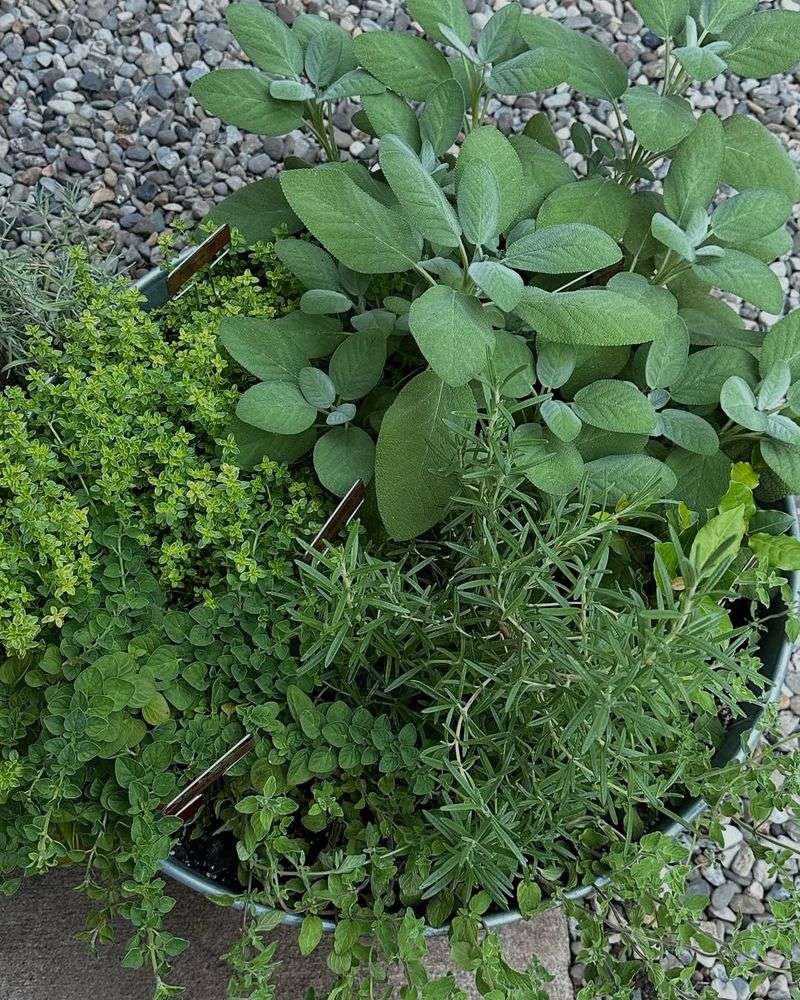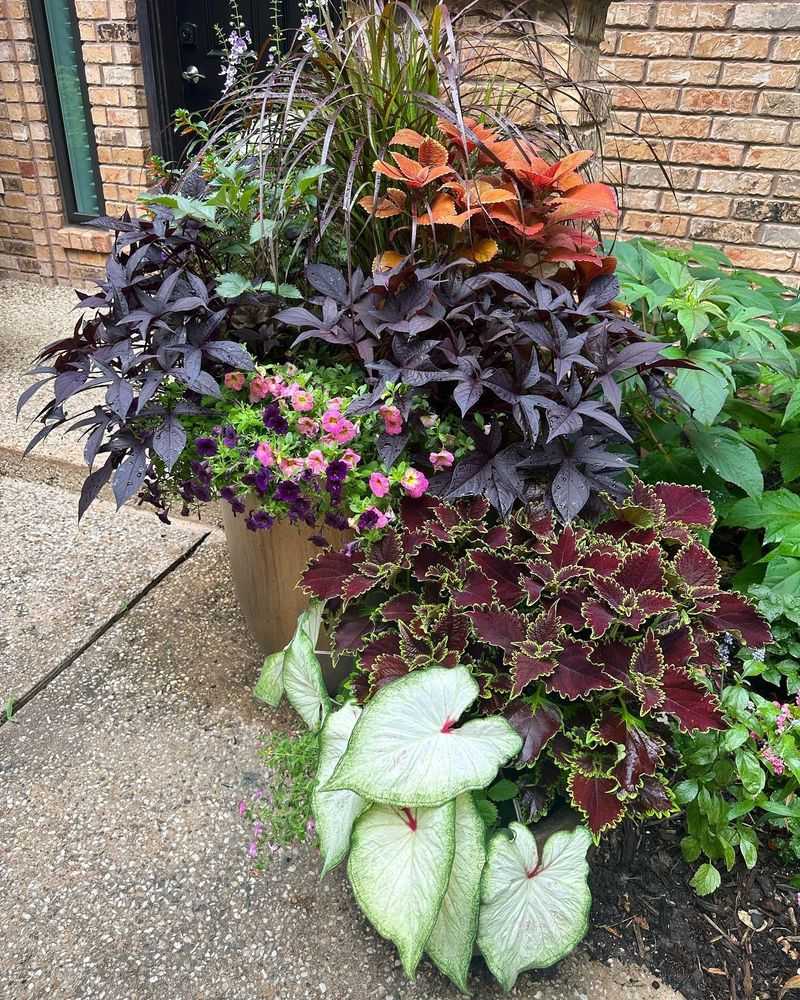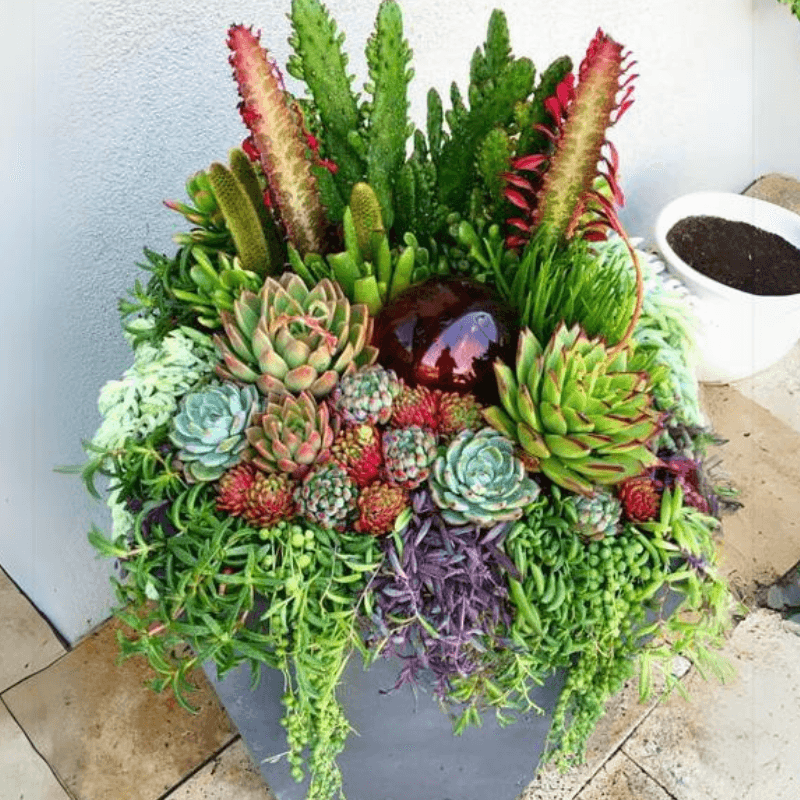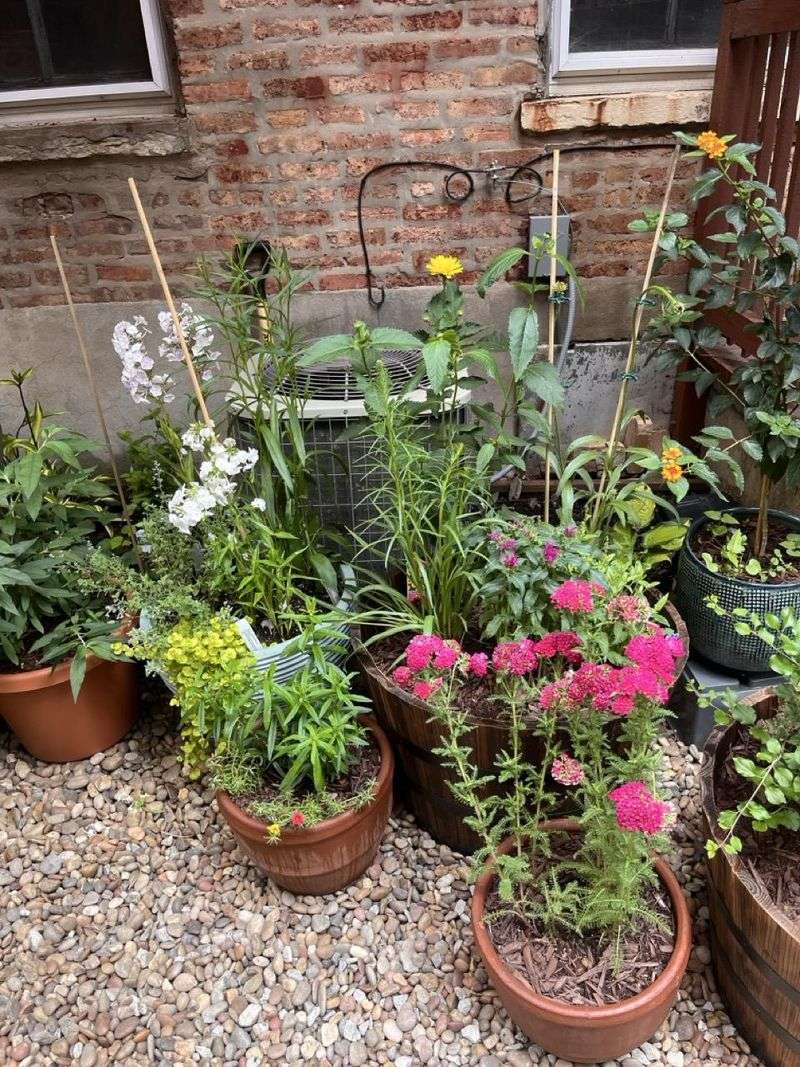Winter gardening in Nevada can feel impossible when temperatures drop and frost threatens your favorite flowers. But Nevada gardeners have discovered a clever trick that keeps blooms alive even during the coldest months.
By grouping container plants together, you create a shared heat pocket that protects your flowers from harsh winter conditions.
Plants Naturally Share Warmth Like Huddling Penguins
When containers sit close together, they work like a team to trap warmth between them. Each pot releases small amounts of heat from the soil, and when grouped, this warmth collects in the spaces between containers.
Think of it like standing in a circle with friends on a cold day—everyone feels warmer together. Your flowers benefit from this shared warmth, which helps their roots stay protected.
Even a few degrees can make the difference between a thriving plant and a frozen one during Nevada winters.
Wind Protection Becomes Automatic With Clustered Containers
Nevada winters bring fierce winds that can quickly damage delicate flowers and dry out soil. Grouping your containers creates a natural windbreak that shields plants from harsh gusts.
The outer pots take the brunt of the wind while protecting the inner containers. This arrangement reduces water loss through evaporation and prevents stems from breaking.
Your flowers will stay healthier because they won’t have to fight against constant wind stress, and the soil stays moist longer between waterings.
Moisture Levels Stay More Consistent Between Waterings
Did you know that grouped containers help maintain steady moisture levels in the soil? When pots sit alone, they dry out quickly from all sides being exposed to cold, dry air.
Clustering them together reduces the surface area exposed to harsh conditions. The middle pots especially benefit because they’re surrounded by other containers that block drying winds.
You’ll spend less time worrying about watering schedules, and your flowers won’t suffer from the stress of constantly fluctuating soil moisture.
Frost Damage Decreases With Strategic Container Placement
Frost forms when cold air settles on exposed surfaces, and isolated containers are especially vulnerable. By grouping your pots together, you create microclimates where frost has a harder time forming.
The shared warmth and reduced air circulation between containers means temperatures stay slightly higher. Place tender flowers in the center of your grouping where they receive maximum protection.
This simple arrangement can save your blooms from frost damage without needing to cover them every single night throughout the winter season.
Root Systems Stay Warmer In Grouped Arrangements
Root health determines whether your flowers survive winter, and cold roots mean struggling plants. When containers stand alone, freezing air surrounds the entire pot, chilling the soil and roots inside.
Grouped containers insulate each other, keeping root zones warmer through the coldest nights. The center pots benefit most, but even outer containers stay warmer than they would standing solo.
Warmer roots mean your flowers can still absorb water and nutrients, keeping them growing slowly rather than going completely dormant or withering away.
Energy Savings Add Up When You Water Less Frequently
With better moisture retention and warmth protection, your grouped containers need less frequent watering during winter months. This saves you time, effort, and money on your water bill.
You’ll also use less energy hauling watering cans or running hoses in freezing temperatures. The plants stay healthier with consistent moisture rather than the shock of frequent watering cycles.
Nevada gardeners appreciate any method that conserves water while keeping flowers beautiful, making this grouping technique both practical and environmentally smart for winter growing.

